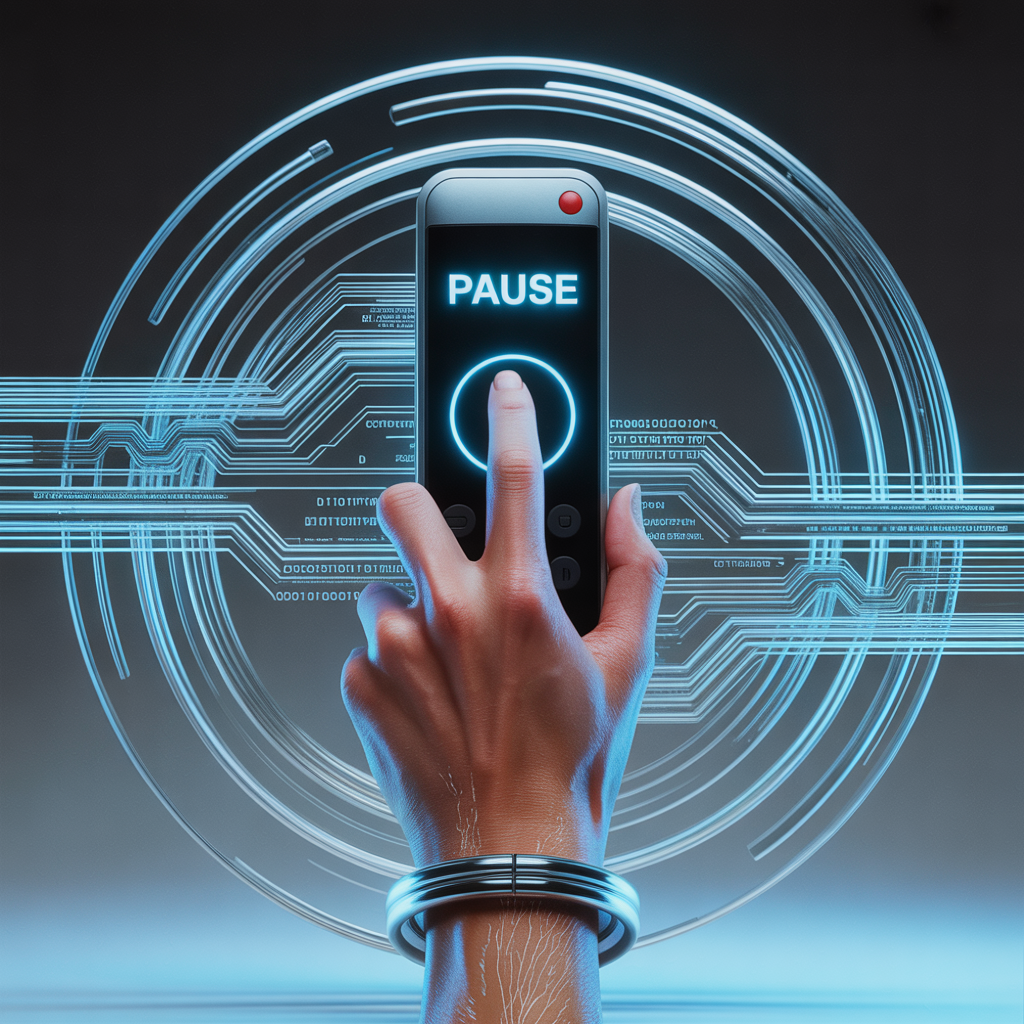Monday, December 01, 2025
Monday, December 01, 2025

by Kanika Bedi:
I still remember a late-night call from a colleague during a brewing social media storm. We were in damage control mode, scrambling to understand the facts, align internally, and prepare a public response. The pressure was immense — should we say something now? Should we wait? Fast-forward to today, and AI tools can churn out sentiment reports, draft responses, and trigger alerts within minutes. But here’s the dilemma that still keeps communication leaders up at night: just because we can respond immediately, does it mean we should?
In a world increasingly shaped by artificial intelligence, we find ourselves at the crossroads of two very different instincts: the speed of AI and the wisdom of strategic silence.
The Rise of AI in Crisis Communications
There’s no doubt that AI has transformed the communications function. I’ve seen firsthand how tools like predictive analytics, real-time sentiment monitoring, and generative AI can offer insights that were once unimaginable in a crisis scenario. We can now:
In theory, it’s the dream toolkit. You get speed, precision, and scale — exactly what crisis situations demand.
But here’s what AI doesn’t do (yet): pause. It doesn’t assess the subtext of silence. It doesn’t weigh the cultural, emotional, and reputational risks the way a seasoned communicator would. And it doesn’t grasp that sometimes, saying less — or saying nothing at all — is the most strategic move.
The Human Gut vs. the Machine Brain
When a brand is under fire, AI might suggest a swift apology or clarification based on trending keywords and sentiment analysis. But as someone who has worked on global brands, I know that crisis management is as much about reading the room as it is about data. Speed without context can backfire.
Think of the cases where brands issued statements too quickly, only to retract or clarify hours later. That’s the cost of reacting before reflecting. AI might optimize reaction, but it can’t replace reputation judgment. That comes from experience, intuition, and deep understanding of stakeholder dynamics.
The Value of Strategic Silence
Strategic silence isn’t inaction. It’s intentional. It’s a decision to observe, assess, and prepare. It gives room for:
During the early days of COVID-19, I worked in a communications team that chose to stay quiet for days, while competitors rushed out templated posts. Our delay wasn’t because we didn’t care. It was because we did. And when we did respond — with compassion, clarity, and action — our message resonated deeply.
AI can’t replicate that timing. It operates on speed; humans operate on sensitivity.
A Balanced Model: AI-Assisted, Human-Led
The future isn’t binary. It’s not “AI or humans.” It’s AI-assisted, human-led. We can leverage AI to:
But the final call — when to speak, how to speak, and whether to speak — must still sit with human communicators. Especially in moments of high emotion or ambiguity.
So, What Do We Choose?
Do we go with AI speed — swift, data-backed, and emotion-neutral?
Or do we practice strategic silence — deliberate, reflective, and deeply human?
I’d argue for a third path: informed intentionality.
Use AI to inform. Use human judgment to decide.
As communicators and leaders, we must not lose the art of pausing — even in a world addicted to speed. Because in times of crisis, it’s not just what we say.
It’s when, how, and why we say it that defines what we stand for.
Author bio
Kanika is a seasoned communications strategist and founder of PersonaKraft, a personal branding studio. With over 15 years of experience leading communications for Fortune 500 companies like Reckitt, Coca-Cola and Ericsson, she helps organizations and individuals craft stories that build trust, inspire action, and create meaningful impact.
Written by: Editor
© 2025 Stratpair Ltd., trading as Strategic. Registered in Ireland: 747736